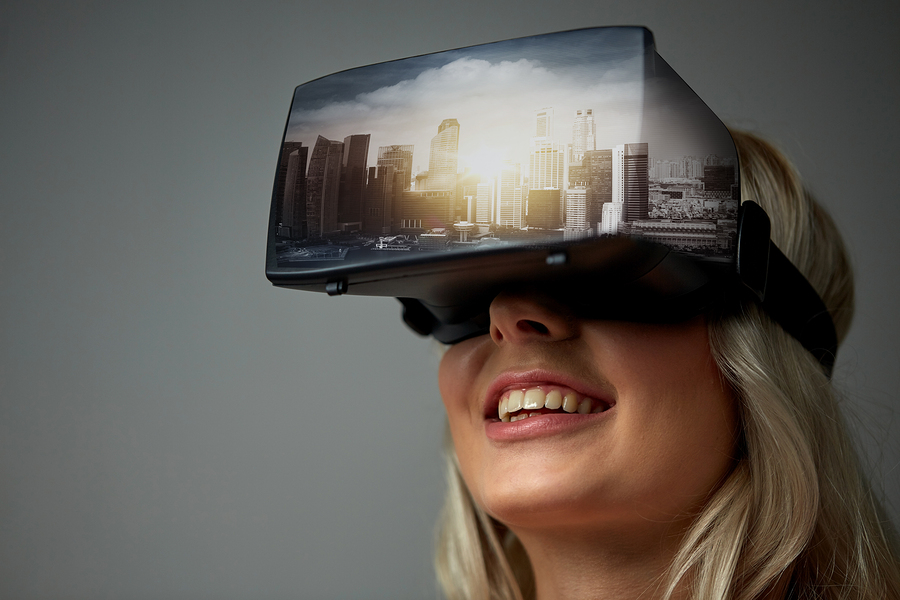
‘See for yourself’: Involving Audiences With 360-degree News Videos
Journalism is facing problems in the 21th century, as audiences and advertising revenues decline and public trust in the profession is low. Journalists and scientists are trying to solve these problems by searching more engaging techniques to tell news stories. A study in Computers in Human Behavior investigates the potential of such a technique - 360-degree videos - and shows that users indeed get more involved with news.
Take aways
- Using 360-degree videos in news making is a promising technique to involve audiences, while retaining the information value of news.
- People feel as if they are really present in the 360-degree news environment and, therefore, enjoy and trust the news stories more.
Study information
Who?
83 students (mean age: 23, 63% female)
Where?
The Netherlands
How?
Participants watched either a 360-degree news video or a news video in a traditional 2D format about life in a Middle-Eastern country during war-time. While watching, all participants wore Virtual Reality glasses and headphones. Afterwards, participants filled out a questionnaire that measured presence (the feeling of ‘being there’), recognition, understanding, enjoyment, and credibility.
Facts and findings
- Participants who watched the 360-degree news video felt almost twice as strong that they were present in the environment of the news video compared to participants who watched the 2D news video.
- Participants recognized the same amount of information and had a similar understanding of news stories, whether they watched the 360-degree video or the 2D video.
- Participants enjoyed the 360-degree video more and thought the news story in this video was more credible. This could be explained by the fact that they felt more present in the news environment when watching the 360-degree video.
- Important fact: This study provides first insights into the opportunities of a new technology. The researchers emphasize that because the research is done in a university lab and because they investigated the effects of just one story, it is unsure if the effects hold in the real world.